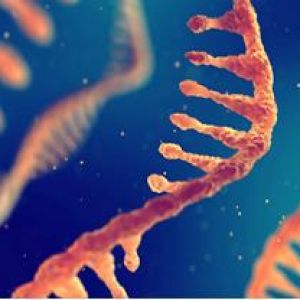Stem Cell Update: Where Are We and Where to Go?Posted by Candy Swift on February 7th, 2022 In recent years, research related to stem cells has created a boom in the biomedical field. Stem cells, with their advantages of easy access, low immunogenicity, and no ethical controversies, have successfully stood out in the era of cell therapy and become one of the key research directions nowadays. The development of technologies such as gene editing and stem cells surface engineering has greatly contributed to the optimization of stem cell therapy. Up to now, several research results worldwide have confirmed that stem cell technology has immeasurable value in multiple applications such as human disease treatment, tissue engineering, and even anti-aging cosmetic industry. l Stem Cells for Disease Intervention Among the stem cell-related research, the most anticipated one is the stem cell therapy with stem cells as the core. It operates by replacing diseased or cancerous cells in the patient\'s body with normal functional stem cells as the donor to achieve effective intervention in human diseases So far, stem cell therapy has achieved great success in many clinical trials worldwide. Up to now, several clinical studies have confirmed that stem cells can effectively intervene in more than 140 diseases, including autoimmune diseases, inflammatory diseases, neurodegenerative diseases, motor neuron diseases, respiratory diseases, metabolic diseases, and cardiovascular and cerebrovascular diseases. l Stem Cells for Organ Regeneration Stem cells have multi-directional differentiation potential, and under specific conditions, through induction, they can differentiate and regenerate into neural stem cells, liver cells, pancreatic islet cells, cardiomyocytes, and so on. This property provides a new idea for tissue engineering. The regeneration of tissues and organs using stem cells has become an important direction in tissue engineering research. And in the past two years, many remarkable results have emerged in the regenerative medicine community. For example, in June 2021, scientists successfully cultured skin organoids using human pluripotent stem cells, forming multiple layers of skin tissue, even containing hair follicles, sebaceous glands and neural circuits, which are expected to possess the complexity and function of natural skin. l Stem Cells for Anti-aging Cosmetics Research shows that the aging of human body is closely related to the decrease of adult stem cells. Stem cell-related anti-aging technology is a new technology to replenish the body with adult stem cells. It is based on the mechanism of providing the body with exogenous stem cells with high vitality, allowing these cells to perform the functions of cell renewal, tissue repair and immune regulation in the body, and finally achieving anti-aging effect. In addition, studies have shown that stem cells can activate the function of epidermal cells, thus restoring skin firmness and elasticity. It’s now been 16 years since the ability to generate iPS cells (induced pluripotent stem cells) was hailed as a game changer for regenerative medicine. Even with the challenges remaining, stem cell therapy is becoming a more tangible reality by the day. Stem cells, as the main force of the era of cell therapy, will bring disruptive changes to the field of human health and play a huge role in many research fields. Like it? Share it!More by this author |


